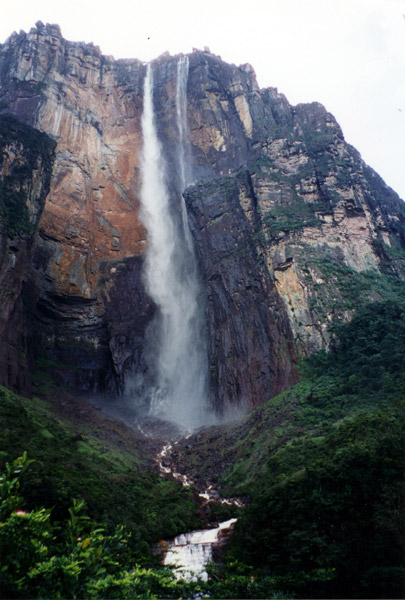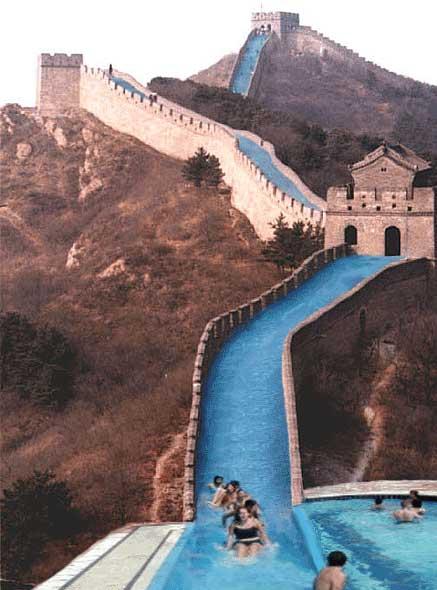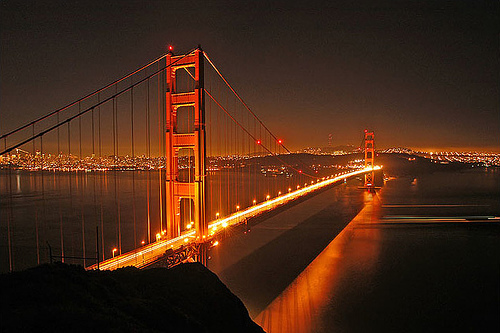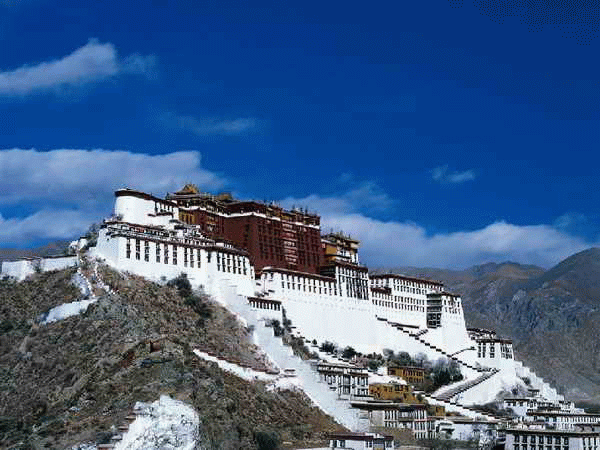
Great Barrier Reef

Great Barrier Reef

Great Barrier Reef

The Great Barrier Reef is the largest coral reef in the world, roughly parallel to the coast of Queensland, Australia, for almost 2,000km. Australia has almost 1/5th of the world's reef area and most is located in the GBR.
Washed by the warm waters of the South-West Pacific Ocean the perfect environment is created for the world's largest system of coral reefs. The Great Barrier Reef is of such pristine condition that it was listed by the World Heritage Trust as a protected site and is therefore managed by the Great Barrier Reef Marine Authority to ensure that its beauty is maintained for many generations to come.
Visitors in their thousands come to marvel at the spectacular sight seeing opportunities that is unique to our area. The Wet Tropics World Heritage listed Rainforest on one side and the Great Barrier Reef on the other. No other place in the world offers such diversity so close to each other.
Off the coastline are outer edge ribbon reefs which may be up to 25 kilometres long. This is the outer limits of the continental shoreline of prehistoric times. The ribbon reefs can be seen by taking one of the daily outer reef cruises offered by local operators. One of the best ways to view the reef is to take a low flying scenic flight over it, especially at low tide where you'll see the breadth and diversity of this great living wonder.
The waters of the Great Barrier Reef provide the world's busiest and most varied marine habitats. Marine life is in abundance. From the many species of coral to the sought after Black Marlin and all sizes and species of fish in-between. The varied colours of the reef's fish and other marine life will astound the visitor with colour combinations that artists haven't even dreamed of. It is the largest of the world’s 552 World Heritage Areas, covering 347,000 km There are more than 2800 catalogued reefs in the area.
Although stretching more than 2000 kilometres offshore from Queensland, it is only at Cape Tribulation, just north of Port Douglas that the reefs come right to the shore and meets the tropical rainforests of the Wet Tropics. With over 1000 islands which are easily accessible from North Queensland and coastal cities like Cairns and Port Douglas. The coral islands are very popular tourist attractions. Some even have varied vegetation including rainforest and are encircled by the coral reefs. Accommodation on the islands that are inhabited ranges from camping grounds to bungalows and luxurious resorts.





















